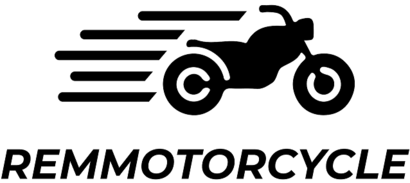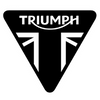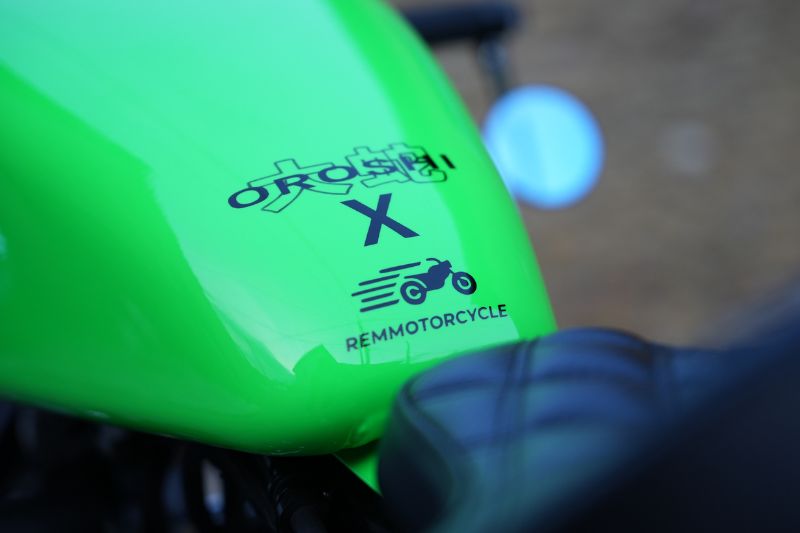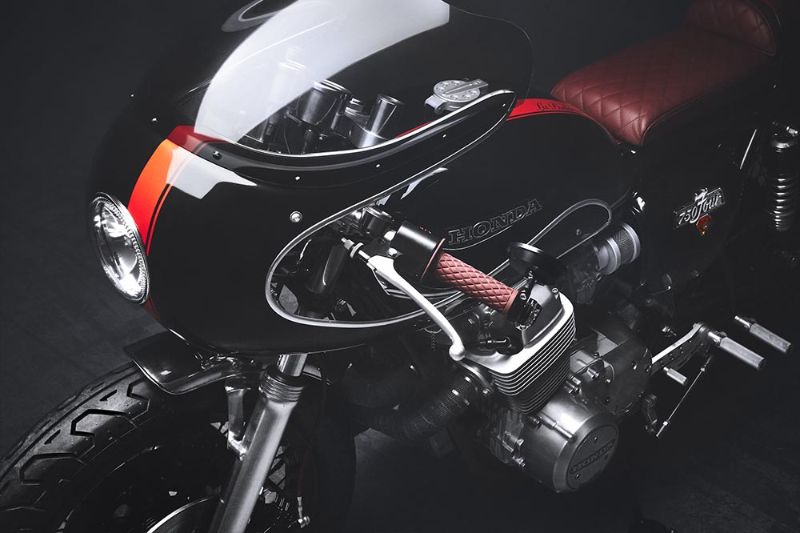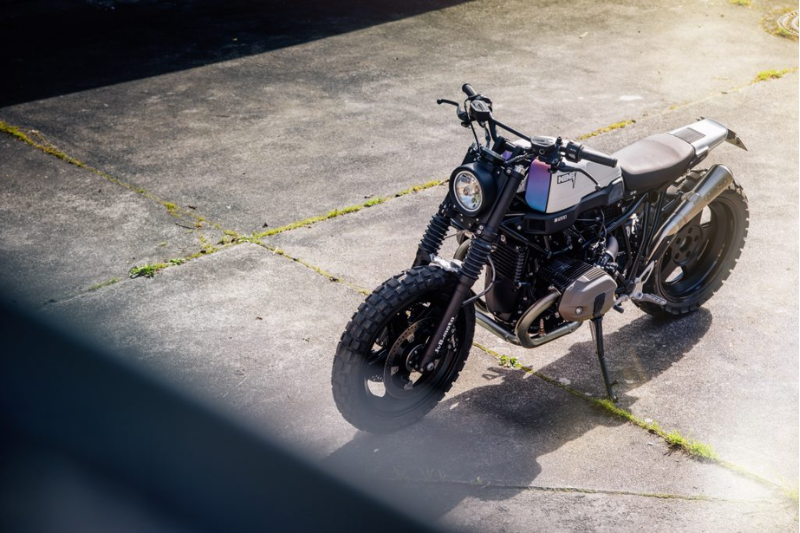🚨 BLACK FRIDAY: 15% OFF SITE-WIDE! Auto-Discount. ⏱️ Nov 28th - Dec 1st.
🚨 BLACK FRIDAY: 15% OFF SITE-WIDE! Auto-Discount. ⏱️ Nov 28th - Dec 1st.
SEARCH BY CATEGORIES
SEARCH BY INSPIRATIONS
- Air filters
- Brake & Clutch levers
- Electric box
- Exhaust
- Fenders
- Footpegs
- Front protections
- Front suspension
- Front suspension protections
- Fuel tanks
- Handle grips
- Handlebar
- Handlebar switch controls
- Headlights
- License plate holder
- Mirrors
- Mudguards
- Rear frame
- Suspensions
- Seats
- Silencers
- Speedometers
- Taillights
- Thermal strips
- Turn signals
- Air filters
- Belows front suspensions
- Brake & clutch levers
- Electric box
- Engine protection
- Exhaust
- Fenders
- Foot pegs
- Front suspensions
- Fuel tanks
- Handle grips
- Handlebar switch controls
- Handlebars
- Headlights
- License plate holder
- Mirrors
- Mudguards
- Rear frame
- Rear light
- Rear suspensions
- Seats
- Silencers
- Speedometers
- Thermal strips
- Turn signals
- Air filters
- Belows front suspensions
- Brake & Clutch levers
- Electric box
- Exhausts
- Fenders
- Foot pegs
- Front suspensions
- Fuel tanks
- Handle grips
- Handlebar switch controls
- Handlebars
- Headlights
- License plate holders
- Mirrors
- Mudguards
- Rear light
- Rear suspensions
- Seats
- Silencers
- Speedometers
- Thermal strips
- Turn signals
- Air filters
- Belows front suspension
- Brake & Clutch levers
- Electric box
- Exhaust
- Fenders
- Foot pegs
- Front protection
- Front suspensions
- Fuel tanks
- Handle grips
- Handlebar switch controls
- Handlebars
- Headlights
- License plate holders
- Mirrors
- Mudguards
- Rear frame
- Rear light
- Rear suspensions
- Seats
- Silencers
- Speedometers
- Thermal strips
- Turn signals
- Air filters
- Belows front suspensions
- Brake & Clutch levers
- Electric box
- Engine protection
- Exhausts
- Fenders
- Foot pegs
- Front suspensions
- Fuel tanks
- Handle grips
- Handlebar switch controls
- Handlebars
- Headlights
- License plate holders
- Mirrors
- Mudguards
- Rear frame
- Rear light
- Rear suspensions
- Seats
- Silencers
- Speedometers
- Thermal strips
- Turn signals
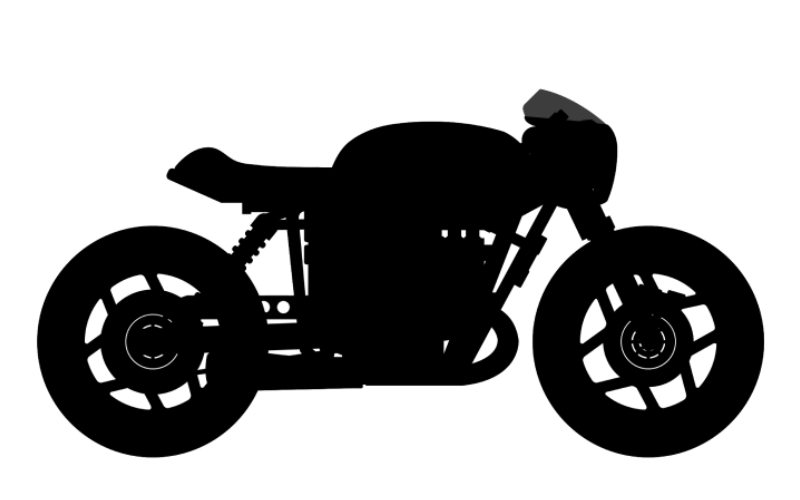
- Air filters
- Brake & Clutch levers
- Electric box
- Exhaust
- Fenders
- Footpegs
- Front protections
- Front suspension
- Front suspension protections
- Fuel tanks
- Handle grips
- Handlebar
- Handlebar switch controls
- Headlights
- License plate holder
- Mirrors
- Mudguards
- Rear frame
- Suspensions
- Seats
- Silencers
- Speedometers
- Taillights
- Thermal strips
- Turn signals
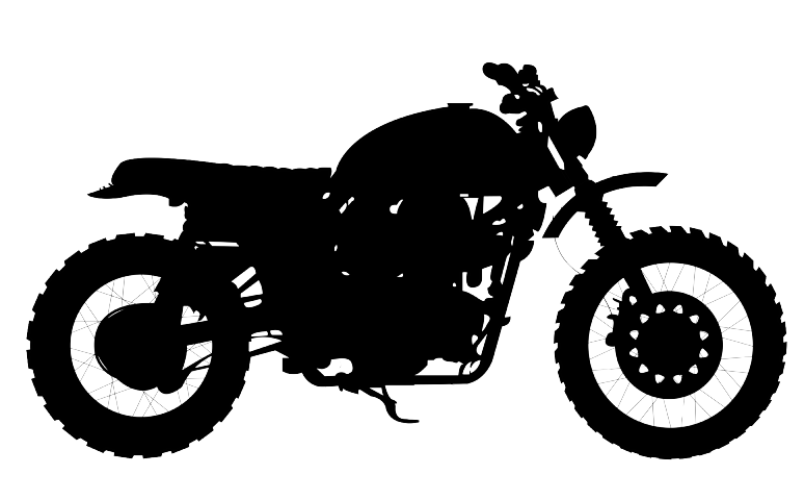
- Air filters
- Belows front suspensions
- Brake & clutch levers
- Electric box
- Engine protection
- Exhaust
- Fenders
- Foot pegs
- Front suspensions
- Fuel tanks
- Handle grips
- Handlebar switch controls
- Handlebars
- Headlights
- License plate holder
- Mirrors
- Mudguards
- Rear frame
- Rear light
- Rear suspensions
- Seats
- Silencers
- Speedometers
- Thermal strips
- Turn signals
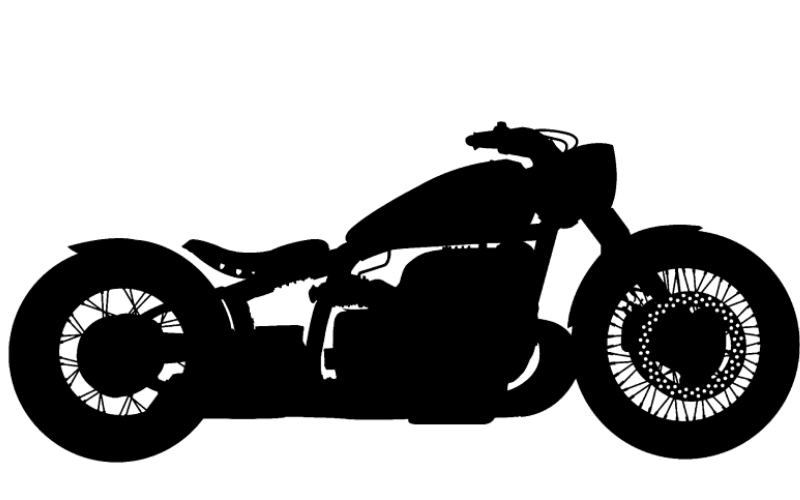
- Air filters
- Belows front suspensions
- Brake & Clutch levers
- Electric box
- Exhausts
- Fenders
- Foot pegs
- Front suspensions
- Fuel tanks
- Handle grips
- Handlebar switch controls
- Handlebars
- Headlights
- License plate holders
- Mirrors
- Mudguards
- Rear light
- Rear suspensions
- Seats
- Silencers
- Speedometers
- Thermal strips
- Turn signals
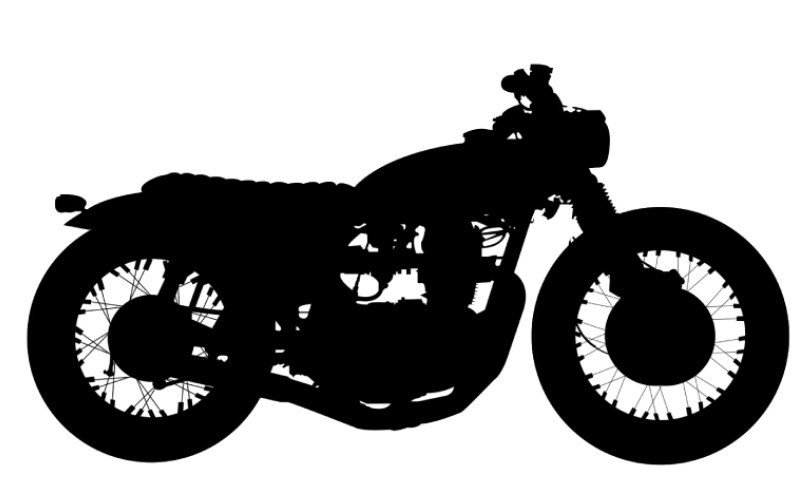
- Air filters
- Belows front suspension
- Brake & Clutch levers
- Electric box
- Exhaust
- Fenders
- Foot pegs
- Front protection
- Front suspensions
- Fuel tanks
- Handle grips
- Handlebar switch controls
- Handlebars
- Headlights
- License plate holders
- Mirrors
- Mudguards
- Rear frame
- Rear light
- Rear suspensions
- Seats
- Silencers
- Speedometers
- Thermal strips
- Turn signals
- Air filters
- Belows front suspensions
- Brake & Clutch levers
- Electric box
- Engine protection
- Exhausts
- Fenders
- Foot pegs
- Front suspensions
- Fuel tanks
- Handle grips
- Handlebar switch controls
- Handlebars
- Headlights
- License plate holders
- Mirrors
- Mudguards
- Rear frame
- Rear light
- Rear suspensions
- Seats
- Silencers
- Speedometers
- Thermal strips
- Turn signals
PLUS DE MOTO
Add description, images, menus and links to your mega menu
A column with no settings can be used as a spacer
Link to your collections, sales and even external links
Add up to five columns
Add description, images, menus and links to your mega menu
A column with no settings can be used as a spacer
Link to your collections, sales and even external links
Add up to five columns
Add description, images, menus and links to your mega menu
A column with no settings can be used as a spacer
Link to your collections, sales and even external links
Add up to five columns
Add description, images, menus and links to your mega menu
A column with no settings can be used as a spacer
Link to your collections, sales and even external links
Add up to five columns
How to choose a motorcycle headlight?
June 20, 2023
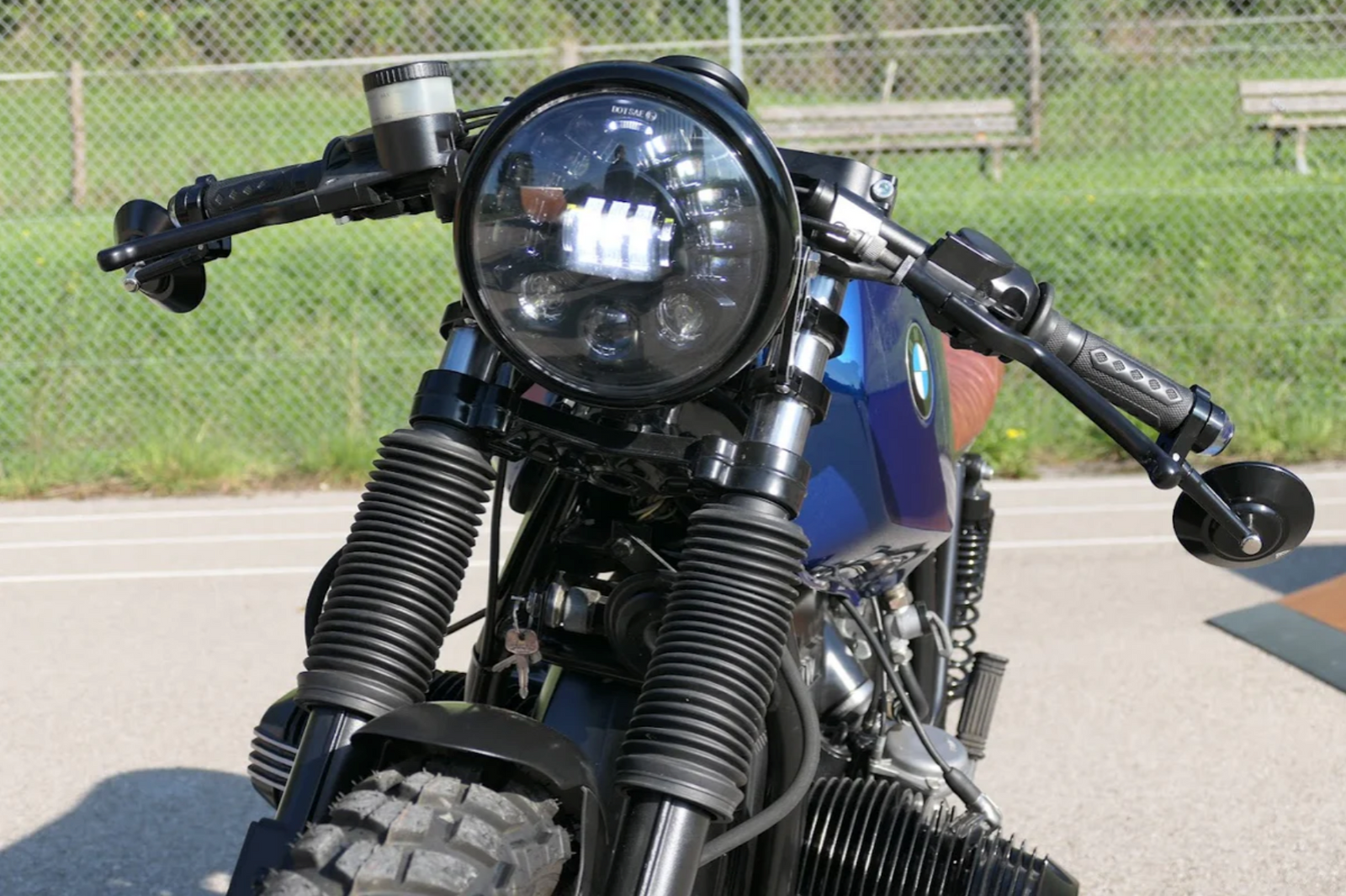
Ride with Style AND Safety ?!
In this article, we're going to help you choose your new front headlight with plenty of advice. For instance, all the tips to install and adjust it correctly by yourself.
What do we mean by "light" or "headlight"? It's simply the light projector placed at the front of a vehicle.
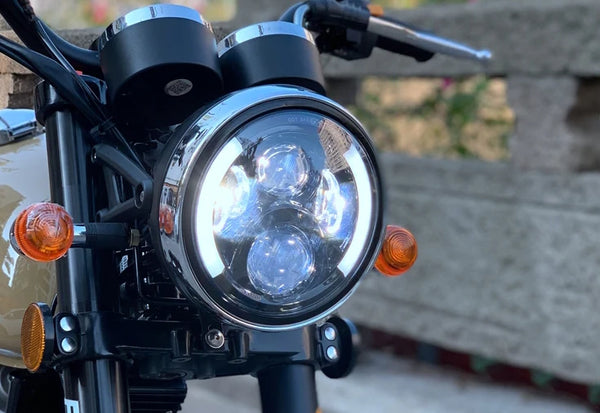
Changing the front headlight of a motorcycle may be necessary for several reasons:
- Wear and Tear: Motorcycle headlights are subjected to harsh driving conditions, including vibrations, impacts, heat, and weather. Over time, the headlight bulbs can wear out and lose brightness, reducing visibility at night or in bad weather. In this case, we recommend replacing them to ensure good visibility on the road.
- Failure: Like any electrical component, headlights can fail due to a short circuit, faulty connection, or other electrical issues. If your front headlight isn't working at all, it may be necessary to replace it.
- Upgrade: Some riders choose to replace their original front headlight with a more efficient or aesthetically different model. Opt for an LED motorcycle headlight, offers better visibility, a longer lifespan, and reduced energy consumption compared to traditional bulbs. This can also enhance the overall appearance of the motorcycle.
- Compliance: Your motorcycle has a low-quality headlight. In order to meet traffic regulations, you want to install an approved headlight. The projector glass often has the "E" mark inscribed on it to indicate these. We label them as "approved" on our website.
Here's a bobber setup with our approved brass headlight:
Firstly, what are the types of motorcycle headlights?
There are several types of headlights for motorcycles, here are some of the most common ones:
- Halogen Headlights:
Halogen headlights are the most commonly used type of headlights on motorcycles.
They use a standard halogen bulb that produces light by passing an electric current through a filament.
Halogen headlights offer decent brightness, but they have a shorter lifespan compared to newer types of headlights.
Due to their retro look, they are often used as vintage motorcycle headlights.
- LED Headlights:
LED (Light-Emitting Diode) motorcycle headlights are becoming increasingly popular.
They use light-emitting diodes to produce light. LED headlights are brighter than halogen headlights, consume less energy, have a longer lifespan, and offer better visibility.
They are also available in a variety of colors and designs. In fact, you can find a round motorcycle headlight and more design-oriented shapes because of this modular technology.
- Xenon Headlights:
Xenon headlights, also known as HID (High-Intensity Discharge) headlights, use an electric arc discharge to produce light.
They offer increased brightness and visibility compared to halogen headlights, but they require a special ballast and ignition to function properly.
- Adaptive Headlights:
Adaptive headlights are headlights that adjust automatically based on driving conditions.
They may include features such as directional lighting systems, which pivot with the movement of the handlebars to illuminate the road during turns.
These headlights improve visibility and safety at night or in challenging driving conditions.
- Additional Headlights:
Additional headlights are extra lights installed on a vehicle to enhance lighting.
They are often used in situations where increased visibility is needed, such as night driving, off-road driving, or in adverse weather conditions.
- Headlight Plate:
The motorcycle headlight plate is often made up of a motorcycle bulb optic in a fairing that aesthetically surrounds the lighting.
This type of headlight is often used in Motocross (Enduro), Scrambler, Flat Track, Tracker, Trail, and Supermoto.
Click on the style of your choice below and access our product lists based on the desired motorcycle style:
To learn more about motorcycle styles, here's an article dedicated to the subject: GUIDE DES STYLES DE MOTOS: CAFE RACER, SCRAMBLER, BOBBER ETC...
About Motorcycle Auxiliary Headlights:
There are several types of auxiliary headlights, each with its own characteristics and specific applications:
- Fog Lights: These lights are designed to illuminate the road during foggy, snowy, or heavy rain conditions. They are mounted low on the vehicle to reduce light reflection and improve visibility in low-visibility conditions. Very useful at night when your motorcycle is not equipped with directional headlights, these lights help illuminate the inside of the turn, allowing you to take the safest path.
- Long-Range Lights: These lights are designed to project a beam of intense light over a long distance, thereby improving visibility when driving at night on open roads. They are usually mounted on the upper part of the vehicle.
- Light Bar Lights: These are a bar containing several LEDs, providing powerful and uniform lighting over a large area. Light bar headlights are often used on off-road vehicles like Trail or Scrambler to illuminate the surrounding areas.
Here's an example of a Ducati Scrambler equipped with auxiliary headlights:

How to Choose Your Front Headlight?
The choice of front headlights for a motorcycle depends on several important factors. Here are some points to consider when selecting front headlights for your motorcycle:
- Type of Motorcycle: Different types of motorcycles may require specific front headlights depending on their design and usage. For example, a sports bike may need headlights with long-range projection for increased visibility at high speeds, while an off-road motorcycle may require more robust headlights resistant to vibrations.
- Style and Aesthetics: Front headlights also contribute to the overall appearance of the motorcycle. If you want to customize the aesthetics of your motorcycle, you can choose from a variety of headlight styles, such as round headlights, rectangular headlights, LED headlights, or headlights with special patterns.
- Lighting Performance: Consider the power and lighting quality of the front headlights. LED headlights are generally brighter, more efficient, and have a longer lifespan compared to traditional halogen headlights. Make sure the chosen headlights provide adequate visibility for safe driving in different conditions, whether it's night, rain, or fog.
- Installation: Check the accordance of the front headlights with your motorcycle in terms of mounting and electrical connection. Some headlights may require adjustement or adapters to fit properly on your motorcycle.
A customer's bratstyle setup equipped with LED headlights:
How to Connect a Motorcycle Headlight?
The connection of a motorcycle headlight can vary depending on the specific model of the motorcycle and the type of headlight you are using. However, here are the general steps for connecting a motorcycle headlight:
- Preparation: Ensure the motorcycle is turned off and the battery is disconnected to avoid any short circuits or electrical risks.
- Removal of the old headlight (if necessary): If you are replacing an existing headlight, you will need to first remove the old headlight. This may involve removing screws or other fasteners holding the headlight in place. Refer to your motorcycle's user manual or search for model-specific instructions to guide you.
- Check existing wiring: Before connecting the new headlight, check the existing wiring of the motorcycle. Ensure it is in good condition and there are no damaged wires or loose connections.
- Connect the wires of the new headlight: At R.E.M Motorcycle, all our products have their electrical wire matching that you will easily find in the product description sheet. If your motorcycle does not have original LED lighting, you will probably need to use resistors available on our site. If your new LED headlight has low lighting intensity, then you need a LED resistor.
- Connect the switch (if applicable): If your new headlight has a separate switch, you will also need to connect the switch wires to the motorcycle's electrical system. This may involve connecting to existing power cables or a separate wire harness. Often the case for additional headlights as seen above.
- Secure the new headlight: Once the electrical connections are made, securely fasten the new headlight to the motorcycle using appropriate screws or fasteners. Ensure it is properly aligned and secured.
- Check for operation: Once everything is connected and secured, reconnect the battery and turn on the motorcycle to check the operation of the new headlight. Ensure it lights up properly and functions as intended.
It's important to note that motorcycles may have different electrical systems and specific wiring diagrams. If you encounter any issues during your connection, contact the R.E.M Motorcycle team who will help you through this process easily.
A Sportster equipped with our bobber LED headlight:
How to Adjust a Motorcycle Headlight?
Adjusting the headlights of a motorcycle is essential to ensure optimal visibility while avoiding dazzling other drivers. Here are the general steps for adjusting a motorcycle headlight:
- Preparation: Park your motorcycle on a flat surface, facing a wall or garage with enough space to step back. We advise you to equip yourself to reproduce the weight in load on your motorcycle.
- Horizontal level: Ensure the motorcycle is straight and horizontal. Use a level if necessary to achieve a perfectly horizontal position.
- Vertical adjustment: Turn on the motorcycle's headlights and observe the projection of the light beams on the wall or garage. The headlights should be adjusted to illuminate the road ahead without dazzling other drivers. Generally, the light beams should be slightly lower than the horizon line. As a rule, at 5 meters from the wall, your light beam should be 10 cm lower than the height of your headlight.
- Adjustment of adjustment screws: The headlights of most motorcycles are equipped with adjustment screws to adjust the height of the headlights. These screws are usually located at the back or on the sides of the headlights. Use a screwdriver or appropriate wrench to adjust the adjustment screws, turning clockwise or counterclockwise to increase or decrease the height of the headlights respectively.
- Repeat for the other headlight (if applicable): If your motorcycle is equipped with two headlights, repeat the same steps to adjust the second headlight.
It's important to note that these steps may vary slightly depending on the specific model of your motorcycle. Always refer to the user manual of your motorcycle for precise instructions on headlight adjustment.
If you encounter difficulties or are unsure of the procedure, it's recommended to contact us to adjust the headlights of your motorcycle.
Here's one of the most successful headlights, a 6.8 LED headlight with daytime running lights:
Looking to illuminate your ride with style? Discover our high-quality motorcycle headlights, offering optimal visibility and elegant design. Don't let darkness hinder your path - with our headlights, you'll ride with confidence, day or night. Café racer or other styles, get ready to experience an lit up riding experience with our exceptional motorcycle headlights!
Leave a comment
Comments will be approved before showing up.
Also in Blog Remmotorcycle

MERRY CHRISTMAS ! 10% OFF SITE-WIDE
Remmotorcycle wish you merry Christmas, enjoy 10% off ALL products in our catalog, with no exclusions.
🗓️ Dates: From December 25th to December 31st
⚙️ Simple: The discount is applied AUTOMATICALLY in your cart.
Merry Christmas 2025 !

